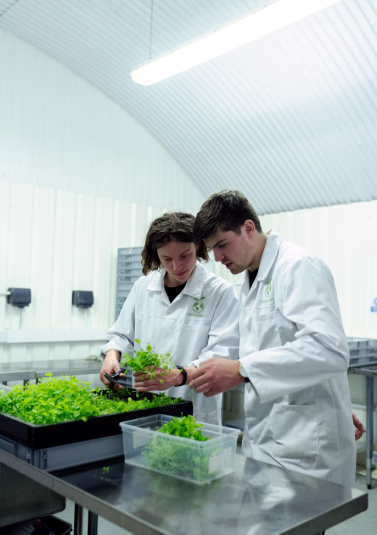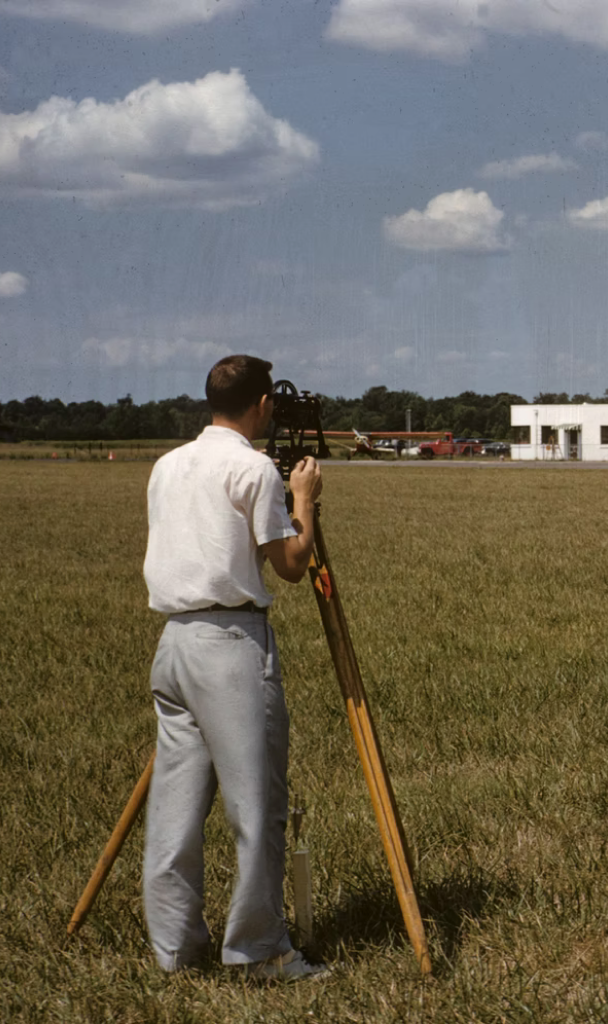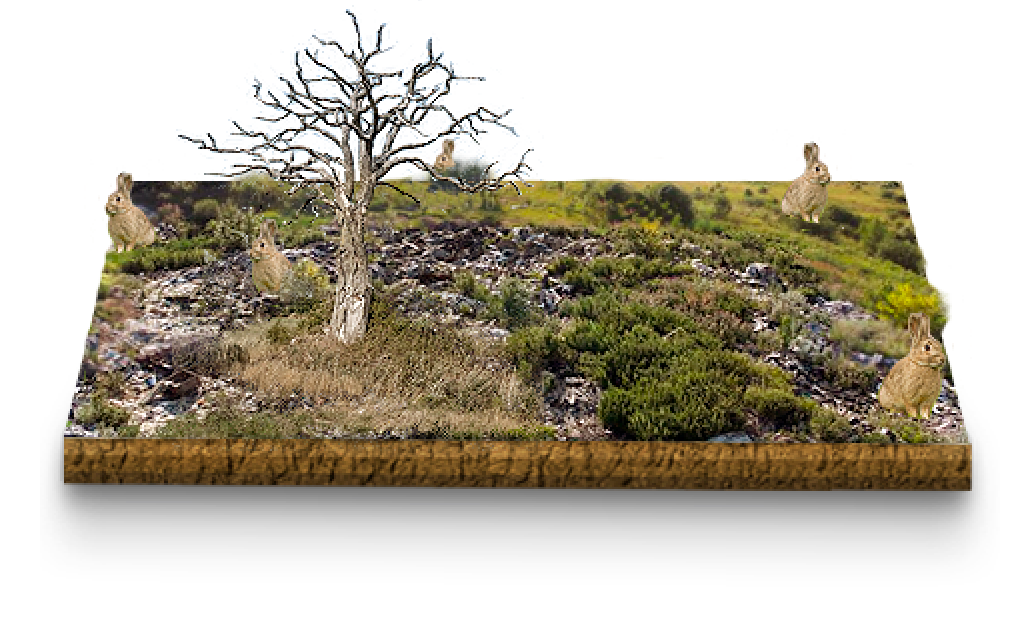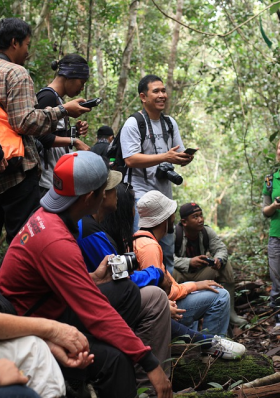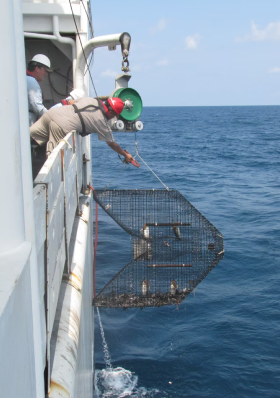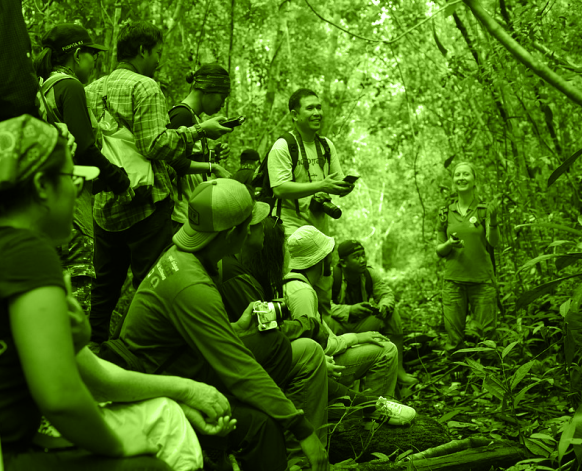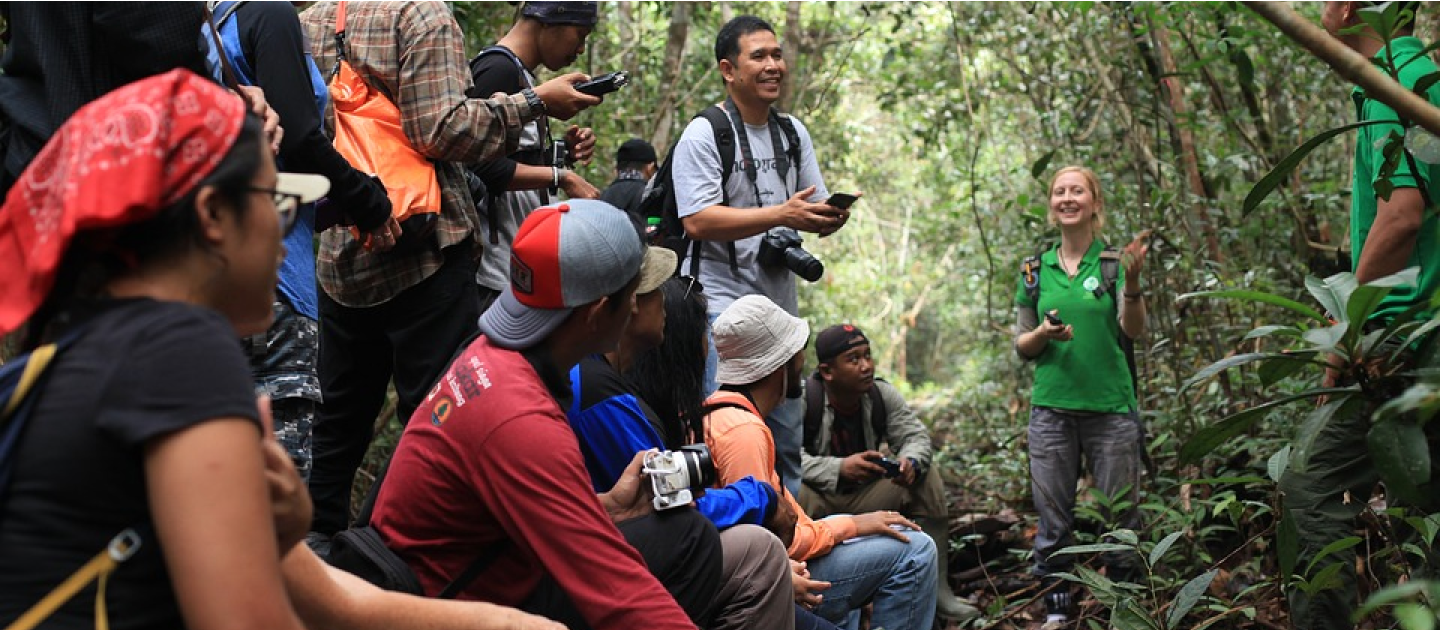Once you have made the conclusion that your local ecosystem is degraded, the next step is to find out why this is the case. Understanding the factors impacting your ecosystem before taking action is crucial. Otherwise, you run the risk of committing to a solution that is either ineffective or worse, harmful.
Stick to reputable sources. Universities, scientific research journals, and intergovernmental organizations are all trustworthy. First-person accounts via blogs and forums can be helpful, just make sure that any claims are backed by credible sources before you use them as a base for action. Local and indigenous traditional knowledge can also be useful. Drawing on generations of trial-and-error could be helpful. The following are some questions to get you started:



